Research on Preparation of Silicon–Manganese Organic Composite Fertilizer Using the Electrolytic Manganese Residue
Abstract
1. Introduction
2. Materials and Methods
2.1. Materials
2.2. Characterizations
2.3. Experimental Methods
3. Results
3.1. The Appearance of Physicochemical Property Changes During Fermentation
3.2. The Effect of Changes in Temperature on Preparation of SMOCF
3.3. Analysis of the EMR Before and After Fermentation by XRD
3.4. Elemental Analysis Before and After Fermentation
3.5. Chemical State Changes of Si and Mn
3.6. Organic Matter Content in SMOCF
3.7. Major Nutrient Contents of SMOCF
3.8. Heavy Metal Content in SMOCF
3.9. The Leaching Amount and Chemical Forms of Heavy Metals
4. Conclusions
- (1)
- Fermentation effectively converts a portion of silica in the raw materials into plant-available silicon, increasing the active silicon content from 0.232% to 7.16%. The fermentation process undergoes three distinct stages: temperature rise, high-temperature maintenance, and cooling. Higher temperatures correlate with a greater degree of organic matter decomposition, enhancing the maturity of the fertilizer.
- (2)
- The addition of activated sludge significantly improves the fermentation process, likely due to microbial activity or metabolites that promote the breakdown of silicon bonds. Post-fermentation, the heavy metal content in the fertilizer is well below national standards, with metals predominantly stabilized in environmentally benign chemical forms, minimizing ecological risks.
- (3)
- The silicon–manganese organic compound fertilizer (SMOCF) contains a variety of nutrients and organic matter that meet national standards. This approach not only addresses the environmental challenges posed by manganese industry waste but also generates economic benefits. The utilization of electrolytic manganese residue achieves a harmonious balance of resource efficiency, economic value, social benefits, and environmental sustainability.
Author Contributions
Funding
Institutional Review Board Statement
Informed Consent Statement
Data Availability Statement
Conflicts of Interest
References
- Zhou, C.; Du, B.; Wang, N.; Chen, Z. Preparation and strength property of autoclaved bricks from electrolytic manganese residue. J. Clean. Prod. 2014, 84, 707–714. [Google Scholar] [CrossRef]
- Zhang, Y.; Liu, X.; Xu, Y.; Tang, B.; Wang, Y.; Mukiza, E. Preparation and characterization of cement treated road base material utilizing electrolytic manganese residue. J. Clean. Prod. 2019, 232, 980–992. [Google Scholar] [CrossRef]
- Zhang, D.; Xiao, D.; Yu, Q.; Chen, S.; Chen, S.; Miao, M. Preparation of Mesoporous Silica from Electrolytic Manganese Slags by Using Amino-Ended Hyperbranched Polyamide as Template. ACS Sustain. Chem. Eng. 2017, 5, 10258–10265. [Google Scholar] [CrossRef]
- Yu, C.; Mei, Y.; Xue, Y.; Wu, C.; Ye, H.; Li, J.; Du, D. A novel approach for recovery of manganese from on-site manganese-bearing wastewater. J. Clean. Prod. 2019, 227, 675–682. [Google Scholar] [CrossRef]
- Yang, C.; Lv, X.; Tian, X.; Wang, Y.; Komarneni, S. An investigation on the use of electrolytic manganese residue as filler in sulfur concrete. Constr. Build. Mater. 2014, 73, 305–310. [Google Scholar] [CrossRef]
- Xin, B.; Chen, B.; Duan, N.; Zhou, C. Extraction of manganese from electrolytic manganese residue by bioleaching. Bioresour. Technol. 2011, 102, 1683–1687. [Google Scholar] [CrossRef]
- Wang, Y.; Gao, S.; Liu, X.; Tang, B.; Mukiza, E.; Zhang, N. Preparation of non-sintered permeable bricks using electrolytic manganese residue: Environmental and NH3-N recovery benefits. J. Hazard. Mater. 2019, 378, 120768. [Google Scholar] [CrossRef]
- Li, W.; Jin, H.; Xie, H.; Wang, D. Progress in comprehensive utilization of electrolytic manganese residue: A review. Environ. Sci. Pollut. Res. 2023, 30, 48837–48853. [Google Scholar] [CrossRef]
- Shu, J.; Wu, H.; Liu, R.; Liu, Z.; Li, B.; Chen, M.; Tao, C. Simultaneous stabilization/solidification of Mn2+ and NH4+-N from electrolytic manganese residue using MgO and different phosphate resource. Ecotoxicol. Environ. Saf. 2018, 148, 220–227. [Google Scholar] [CrossRef]
- Shu, J.; Wu, H.; Chen, M.; Peng, H.; Li, B.; Liu, R.; Liu, Z.; Wang, B.; Huang, T.; Hu, Z. Fractional removal of manganese and ammonia nitrogen from electrolytic metal manganese residue leachate using carbonate and struvite precipitation. Water Res. 2019, 153, 229–238. [Google Scholar] [CrossRef]
- Shu, J.; Sun, X.; Liu, R.; Liu, Z.; Wu, H.; Chen, M.; Li, B. Enhanced electrokinetic remediation of manganese and ammonia nitrogen from electrolytic manganese residue using pulsed electric field in different enhancement agents. Ecotoxicol. Environ. Saf. 2019, 171, 523–529. [Google Scholar] [CrossRef] [PubMed]
- Shu, J.; Liu, R.; Liu, Z.; Chen, H.; Tao, C. Simultaneous removal of ammonia and manganese from electrolytic metal manganese residue leachate using phosphate salt. J. Clean. Prod. 2016, 135, 468–475. [Google Scholar] [CrossRef]
- Shu, J.; Liu, R.; Liu, Z.; Chen, H.; Du, J.; Tao, C. Solidification/Stabilization of electrolytic manganese residue using phosphate resource and low-grade MgO/CaO. J. Hazard. Mater. 2016, 317, 267–274. [Google Scholar] [CrossRef] [PubMed]
- Sadeghi, S.M.; Ferreira, C.M.H.; Soares, H.M. Evaluation of two-step processes for the selective recovery of Mn from a rich Mn residue. Miner. Eng. 2019, 130, 148–155. [Google Scholar] [CrossRef]
- Peng, N.; Pan, Q.; Liu, H.; Yang, Z.; Wang, G. Recovery of iron and manganese from iron-bearing manganese residues by multi-step roasting and magnetic separation. Miner. Eng. 2018, 126, 177–183. [Google Scholar] [CrossRef]
- Mallick, S.; Dash, S.S.; Parida, K.M. Adsorption of hexavalent chromium on manganese nodule leached residue obtained from NH3-SO2 leaching. J. Colloid Interface Sci. 2006, 297, 419–425. [Google Scholar] [CrossRef]
- Li, Q.; Liu, Q.; Peng, B.; Chai, L.; Liu, H. Self-Cleaning performance of TiO2-coating cement materials prepared based on solidification/stabilization of electrolytic manganese residue. Constr. Build. Mater. 2016, 106, 236–242. [Google Scholar] [CrossRef]
- Li, C.; Zhong, H.; Wang, S.; Xue, J.; Zhang, Z. Removal of basic dye (methylene blue) from aqueous solution using zeolite synthesized from electrolytic manganese residue. J. Ind. Eng. Chem. 2015, 23, 344–352. [Google Scholar] [CrossRef]
- Lan, Y.S.J.; Du, Y.; Du, D.; Zhang, T.C.; Li, J. Environmentally-Friendly bioleaching of manganese from pyrolusite: Performance and mechanisms. J. Clean. Prod. 2020, 249, 119354. [Google Scholar] [CrossRef]
- Han, Y.; Cui, X.; Lv, X.; Wang, K. Preparation and characterization of geopolymers based on a phosphoric-acid-activated electrolytic manganese dioxide residue. J. Clean. Prod. 2018, 205, 488–498. [Google Scholar] [CrossRef]
- Du, B.; Zhou, C.; Dan, Z.; Luan, Z.; Duan, N. Preparation and characteristics of steam-autoclaved bricks produced from electrolytic manganese solid waste. Constr. Build. Mater. 2014, 50, 291–299. [Google Scholar] [CrossRef]
- Ayala, J.; Fernández, B. Recovery of manganese from silicomanganese slag by means of a hydrometallurgical process. Hydrometallurgy 2015, 158, 68–73. [Google Scholar] [CrossRef]
- Chandra, N.; Amritphale, S.S.; Pal, D. Manganese recovery from secondary resources: A green process for carbothermal reduction and leaching of manganese bearing hazardous waste. J. Hazard. Mater. 2011, 186, 293–299. [Google Scholar] [CrossRef] [PubMed]
- Lan, J.; Zhang, S.; Mei, T.; Dong, Y.; Hou, H. Mechanochemical modification of electrolytic manganese residue: Ammonium nitrogen recycling, heavy metal solidification, and baking-free brick preparation. J. Clean. Prod. 2021, 329, 129727. [Google Scholar] [CrossRef]
- He, S.; Jiang, D.; Hong, M.; Liu, Z. Hazard-Free treatment and resource utilization of electrolytic manganese residue: A review. J. Clean. Prod. 2021, 306, 127224. [Google Scholar] [CrossRef]
- Lan, J.; Sun, Y.; Tian, H.; Zhan, W.; Du, Y.; Ye, H.; Du, D.; Zhang, T.C.; Hou, H. Electrolytic manganese residue-based cement for manganese ore pit backfilling: Performance and mechanism. J. Hazard. Mater. 2021, 411, 124941. [Google Scholar] [CrossRef]
- Lan, J.; Sun, Y.; Guo, L.; Du, Y.; Du, D.; Zhang, T.C.; Li, J.; Ye, H. Highly efficient removal of As(V) with modified electrolytic manganese residues (M-EMRs) as a novel adsorbent. J. Alloys Compd. 2019, 811, 151973. [Google Scholar] [CrossRef]
- Wang, F.; Long, G.; Bai, M.; Wang, J.; Zhou, J.L.; Zhou, X. Application of electrolytic manganese residues in cement products through pozzolanic activity motivation and calcination. J. Clean. Prod. 2022, 338, 130629. [Google Scholar] [CrossRef]
- Zeng, T.; Xue, S.; Zhuang, S.; Zhou, X.; Hou, H.; Huang, B.-T.; Lan, J. Activated electrolytic manganese residue-based environmental materials for mine remediation: Performance and mechanism. J. Hazard. Mater. 2025, 482, 136560. [Google Scholar] [CrossRef]
- Lan, J.; Dong, Y.; Kai, M.-F.; Hou, H.; Dai, J.-G. Investigation of waste alkali-activated cementing material using municipal solid waste incineration fly ash and dravite as precursors: Mechanisms, performance, and on-site application. J. Hazard. Mater. 2024, 465, 133416. [Google Scholar] [CrossRef]
- Fu, Y.; Qiao, H.; Feng, Q.; Chen, K.; Li, Y.; Xue, C.; Zhang, Y. Review of new methods for resource utilization of electrolytic manganese residue and its application in building materials. Constr. Build. Mater. 2023, 401, 132901. [Google Scholar] [CrossRef]
- Tian, Y.; Shu, J.; Chen, M.; Wang, J.; Wang, Y.; Luo, Z.; Wang, R.; Yang, F.; Xiu, F.; Sun, Z. Manganese and ammonia nitrogen recovery from electrolytic manganese residue by electric field enhanced leaching. J. Clean. Prod. 2019, 236, 117708. [Google Scholar] [CrossRef]
- He, S.; Wilson, B.P.; Lundstr, M.; Liu, Z. Hazard-Free treatment of electrolytic manganese residue and recovery of manganese using low temperature roasting-water washing process. J. Hazard. Mater. 2021, 402, 123561. [Google Scholar] [CrossRef]
- GB 5086.1-1997; Test Method Standard for Leaching Toxicity of Solid Wastes Roll over Leaching Procedure. General Administration of Quality Supervision, Inspection and Quarantine: Beijing, China, 1997.
- HJ/T 537-2009; Water Quality. Determination of Ammonia Nitrogen. Distillation-Neutralization Titration. National Environmental Protection Standard of the People’s Republic: Beijing, China, 2009.
- GB 11911-89; Water Quality-Determination of Iron and Manganese-Flame Atomic Absorption Spectrophotometric Method. China Environmental Science Press: Beijing, China, 1990.
- NY/T 1377-2007; Determination of pH in Soil. Standards Press of China: Beijing, China, 2007.
- GB/T 23349-2009; Ecological Index of Arsenic, Cadmium, Lead, Chromium and Mercury for Fertilizers. National Standards of People’s Republic of China: Beijing, China, 2009.
- GB/T 32951-2016; Determination of Oxytetracyline, Tetracyline, Chlortetracycline and Doxycycline Content for Organic Fertilizers—HPLC Method. National Standards of People’s Republic of China: Beijing, China, 2016.
- Sun, Y.; Wu, Z.; Lan, J.; Liu, Y.; Du, Y.; Ye, H.; Du, D. Effect of sulfate-reducing bacteria (SRB) and dissimilatory iron-reducing bacteria (DIRB) coexistence on the transport and transformation of arsenic in sediments. Water Res. 2025, 270, 122834. [Google Scholar] [CrossRef] [PubMed]
- Pan, C.; Sun, Y.; Dong, Y.; Hou, H.; Kai, M.-F.; Lan, J. Efficient carbamazepine degradation by modified copper tailings and PMS system: Performance evaluation and mechanism. J. Hazard. Mater. 2024, 465, 133198. [Google Scholar] [CrossRef]
- Pan, C.; Wang, Y.; Fu, C.; Lan, J. Copper slag based catalytic material was prepared using a one-pot method to efficiently activate of peroxymonosulfate for degradation of carbamazepine. J. Environ. Chem. Eng. 2024, 12, 114631. [Google Scholar] [CrossRef]
- GB/T 17420-1998; Foliar Microelement Fertilizer. National Standards of People’s Republic of China: Beijing, China, 1998.
- Tian, S.-Q.; Wang, L.; Liu, Y.-L.; Ma, J. Degradation of organic pollutants by ferrate/biochar: Enhanced formation of strong intermediate oxidative iron species. Water Res. 2020, 183, 116054. [Google Scholar] [CrossRef]
- GB 15618-2008; Oil Environmental Quality Risk Control Standard for Soil Contamination of Agricultural Land. National Standards of People’s Republic of China: Beijing, China, 2008.

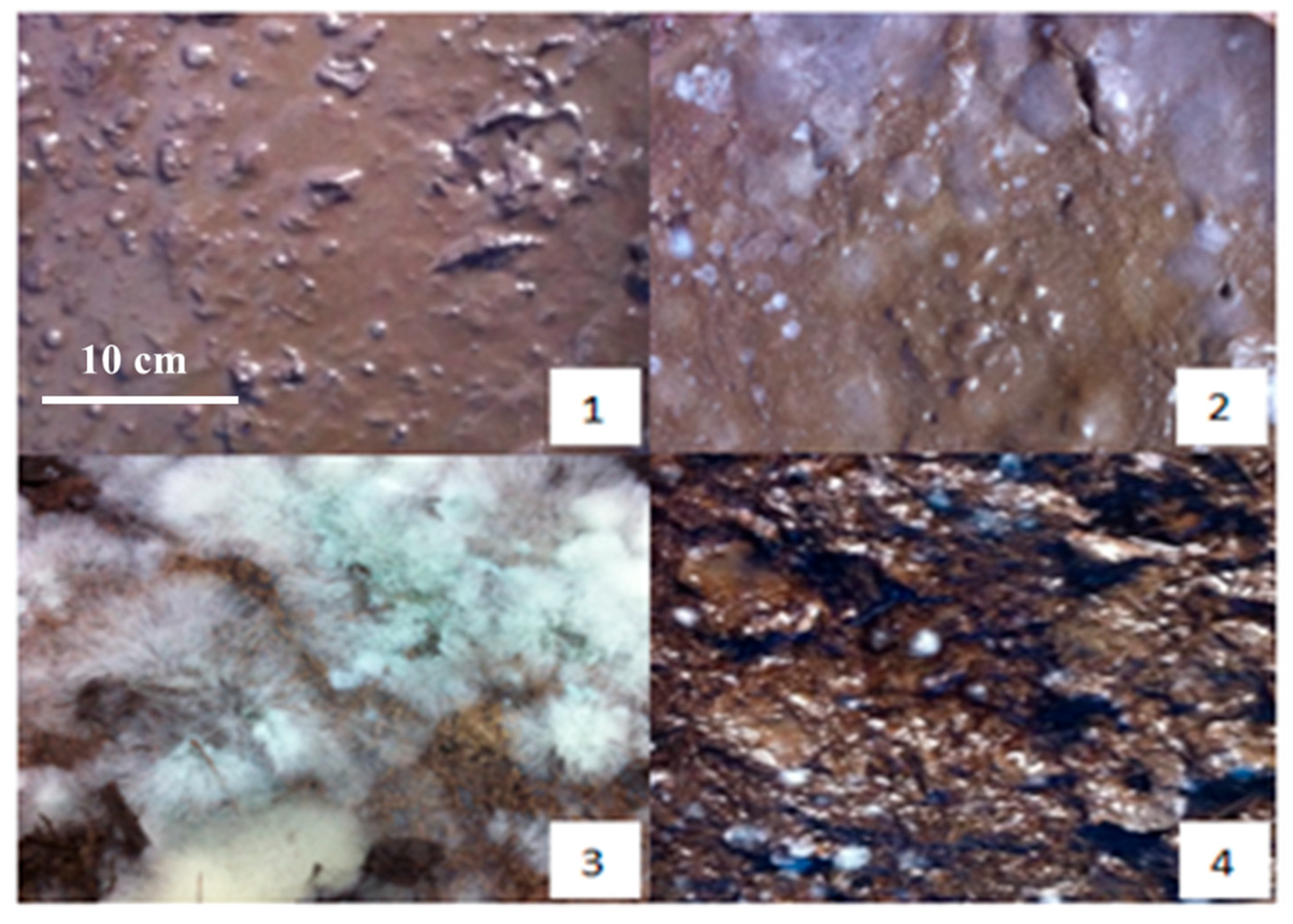
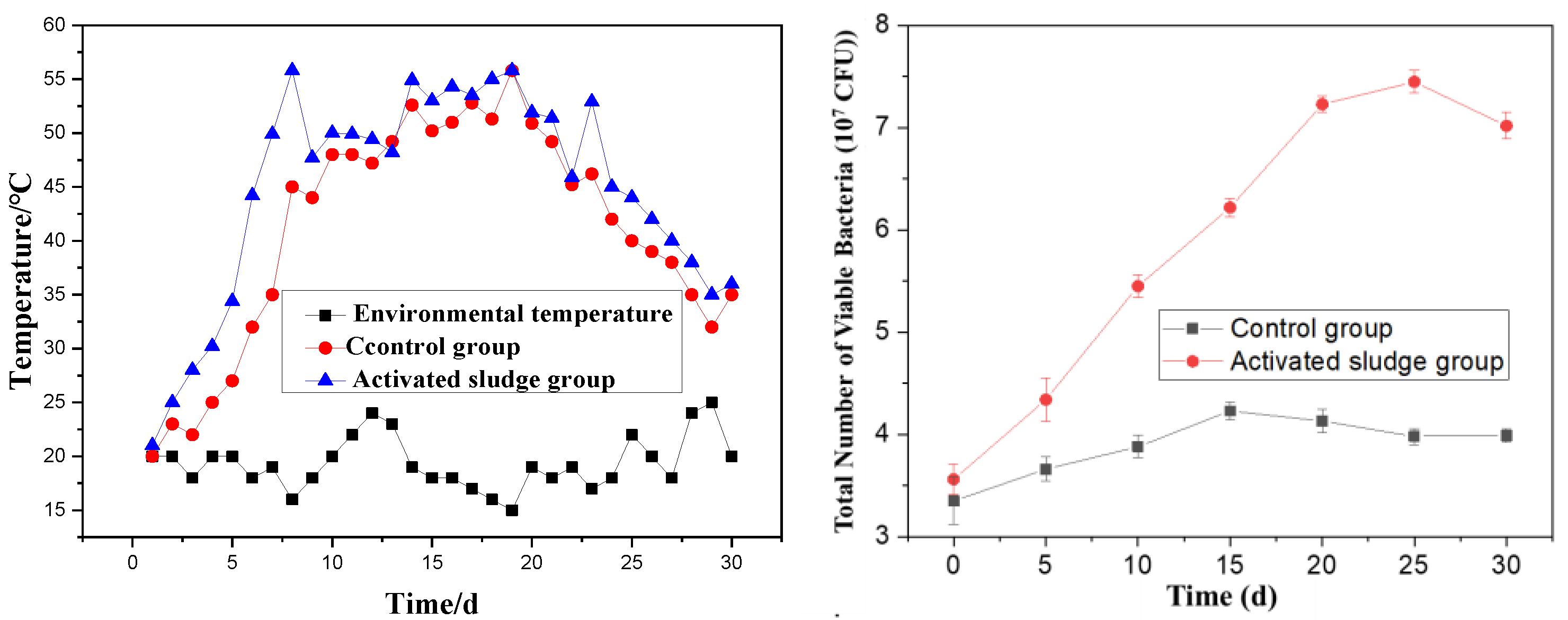


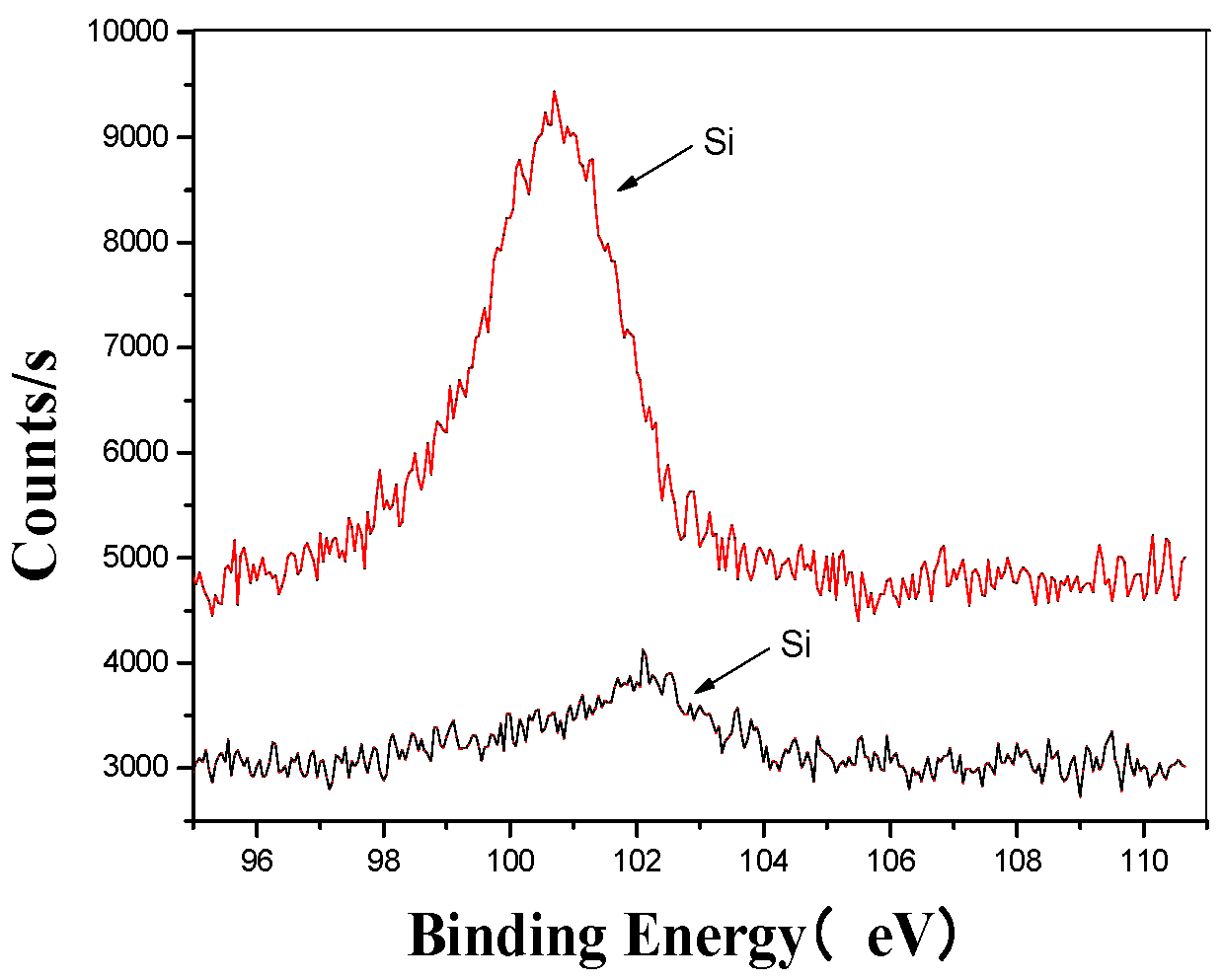
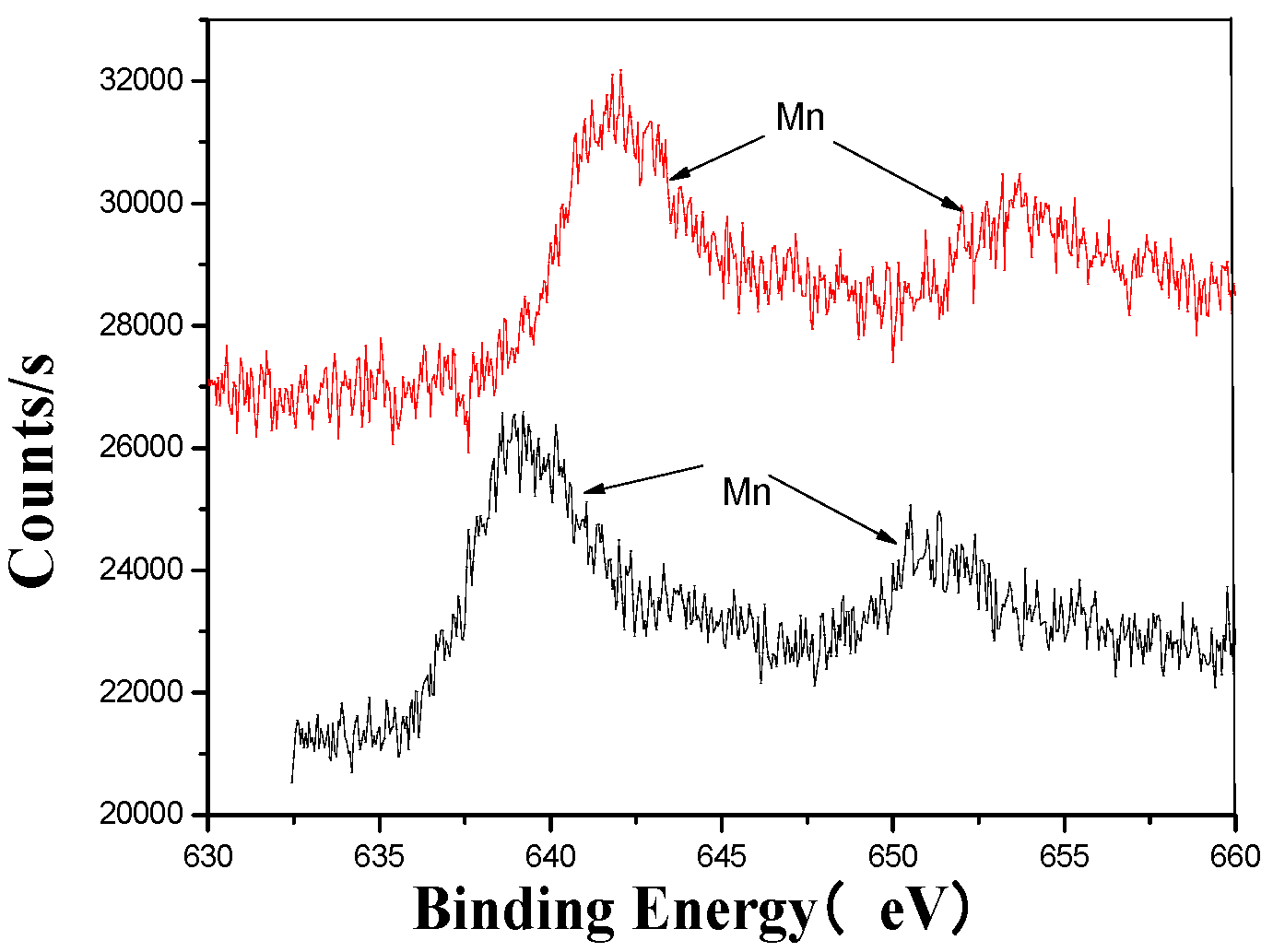
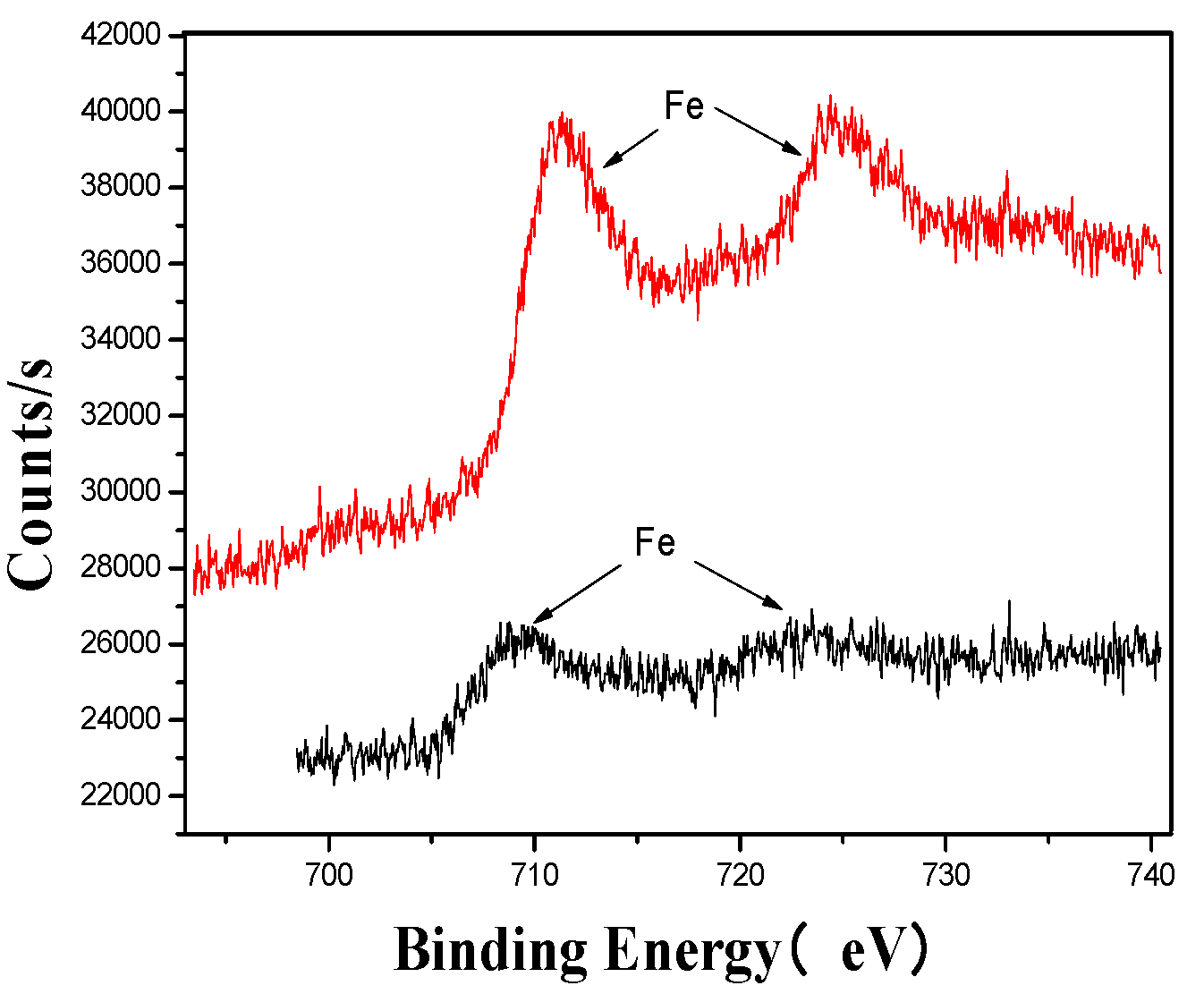
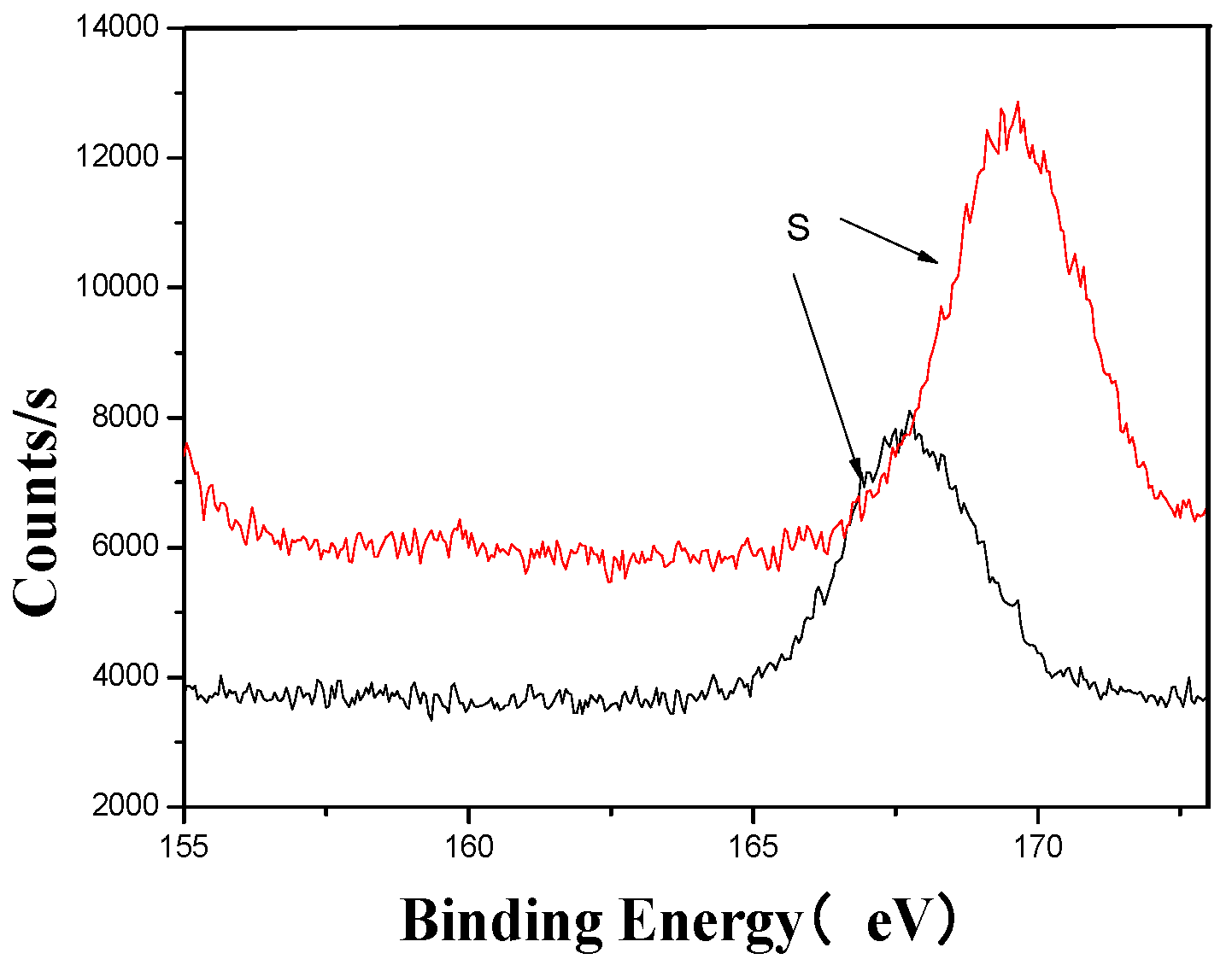
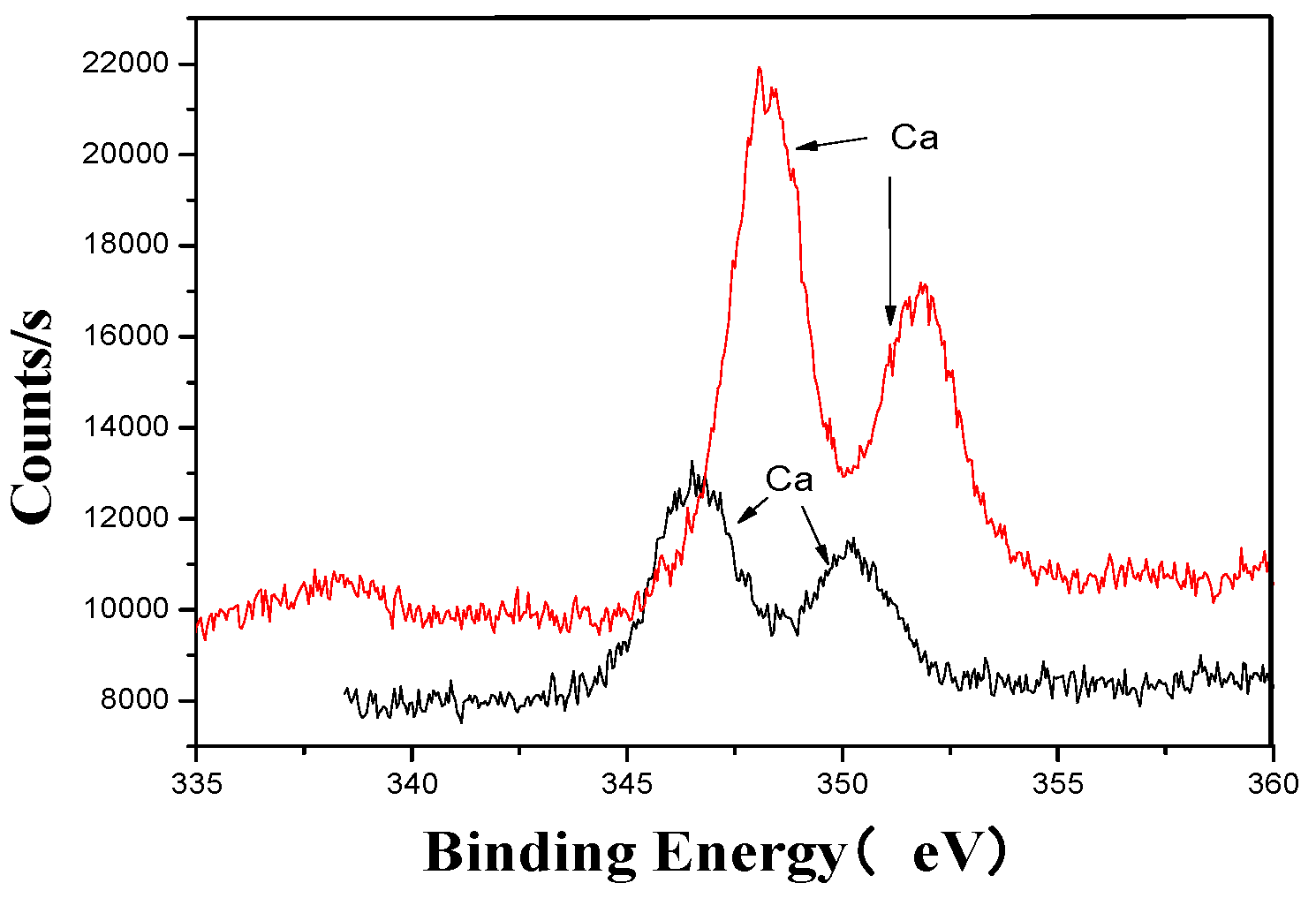
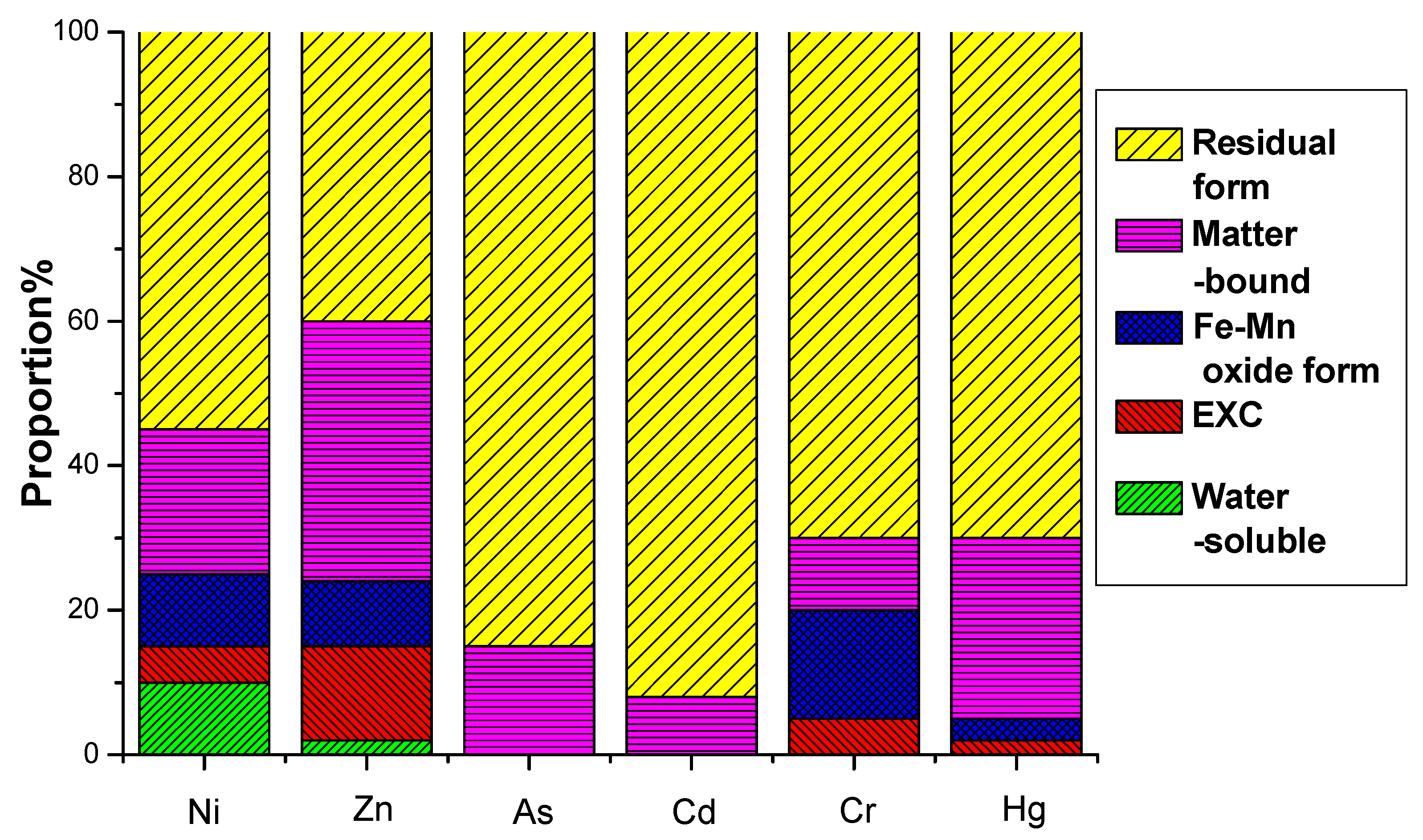
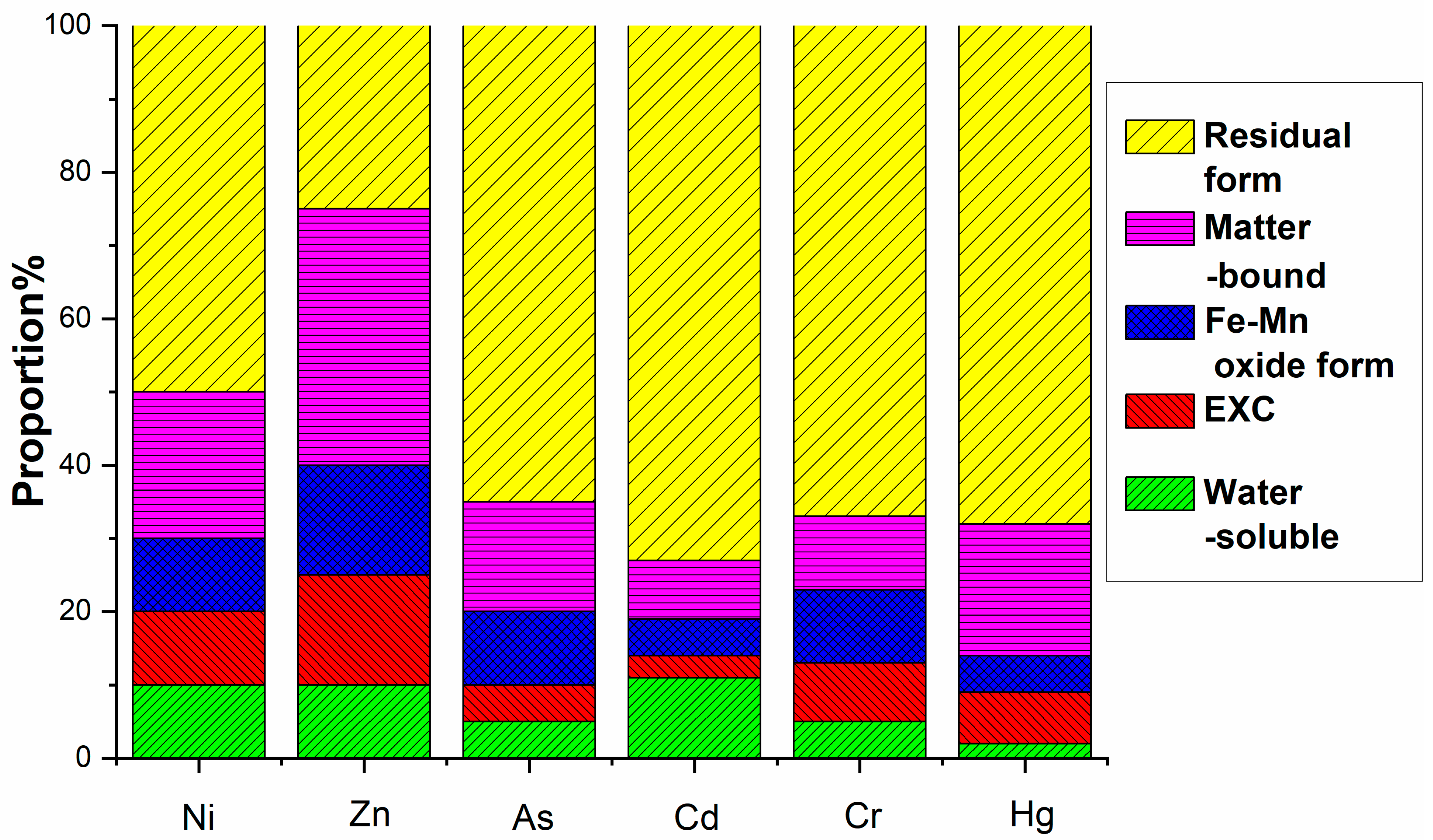
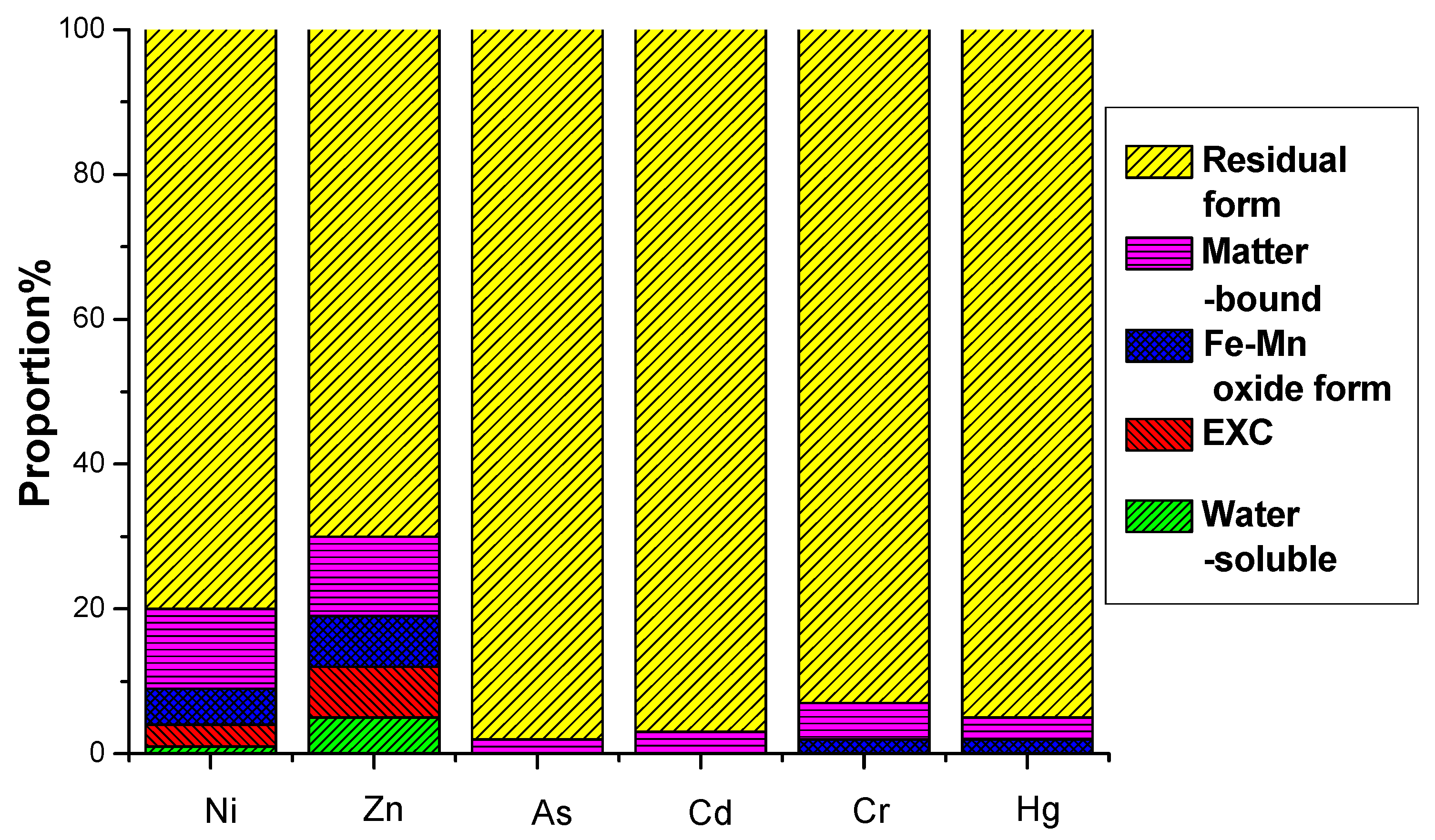
| Composition | SiO2 | Al2O3 | CaO | MgO | Fe2O3 | MnO |
| Content (%) | 22.12 | 3.10 | 13.17 | 1.75 | 9.14 | 4.82 |
| Composition | SO3 | Ni | Cr | Zn | Cu | As |
| Content (%) | 22.50 | 0.003 | 0.007 | 0.015 | 0.005 | 0.004 |
| COD (g·L−1) | BOD (g·L−1) | TS (g·L−1) | pH | TN (mg·L−1) | TP (mg·L−1) |
|---|---|---|---|---|---|
| 29–36 | 8.90–12.00 | 35.10–39.90 | 7.80 | 6650–8100 | 450–580 |
| Materials | EMR (Kg) | Bagasse (%) | Molasses (%) | Activated Sludge (%) | Time (d) | Temp (°C) | Activity Silica Content After Fermentation (%) |
|---|---|---|---|---|---|---|---|
| Group1 | 10 | 5 | 10 | 2 | 30 | Room Temperature | 1.01 |
| Group2 | 10 | 10 | 15 | 5 | 30 | Room Temperature | 2.02 |
| Group3 | 10 | 15 | 20 | 8 | 30 | Room Temperature | 5.06 |
| Group4 | 10 | 20 | 30 | 10 | 30 | Room Temperature | 7.16 |
| Group5 | 10 | 25 | 35 | 12 | 30 | Room Temperature | 7.02 |
| Group6 | 10 | 30 | 40 | 15 | 30 | Room Temperature | 6.63 |
| Control Group | 10 | 20 | 30 | 0 | 30 | Room Temperature | 5.18 |
| Name | Before Fermentation at. % | After Fermentation at. % |
|---|---|---|
| C | 13.64 | 36.86 |
| O | 56.17 | 45.88 |
| Fe | 4.15 | 2.00 |
| Si | 10.73 | 2.96 |
| Mn | 1.33 | 2.02 |
| Al | 1.77 | 0.72 |
| S | 6.83 | 6.34 |
| Ca | 5.37 | 3.22 |
| Si | Mn | |
|---|---|---|
| before fermentation% | 0.23 | 0.80 |
| after fermentation% (Control) | 5.18 | 1.40 |
| after fermentation% (Activated sludge) | 7.16 | 1.48 |
| T/d | Organic Matter (%) Adding the Activated Sludge Group | Organic Matter (%) Control Group |
|---|---|---|
| 1 | 38.11 | 38.70 |
| 5 | 36.40 | 37.20 |
| 10 | 34.30 | 35.80 |
| 15 | 32.00 | 33.10 |
| 25 | 29.90 | 31.10 |
| 30 | 13.05 | 20.50 |
| Nutrient Content | TN (%) | P (%) | K (%) | Zn (mg/kg) | Fe (mg/kg) | Cu (mg/kg) | Available Silicone (%) | Manganese (%) |
|---|---|---|---|---|---|---|---|---|
| After fermentation (control group) | 0.90 | 0.44 | 0.90 | 22.20 | 350.00 | 25.00 | 5.18 | 1.40 |
| After fermentation (Adding the activated sludge group) | 1.11 | 0.48 | 1.36 | 22.60 | 326.00 | 25.50 | 7.16 | 1.48 |
| Cd | Cr | Pb | Hg | As | Zn | Ni | |
|---|---|---|---|---|---|---|---|
| Heavy metal content of EMR | 0.0030 | 0.0070 | 0 | 0.0250 | 0.0040 | 0.015 | 0.003 |
| After fermentation (control group) | 0.0009 | 0.0190 | 0.001 | 0.0003 | 0.0042 | 0.028 | 0.005 |
| After fermentation (Adding the activated sludge group) | 0.0008 | 0.0030 | 0 | 0.0095 | 0.0035 | 0.022 | 0.006 |
| Standard maximum limit | 0.0010 | 0.050 | 0.020 | 0.0005 | 0.0050 | -- | -- |
Disclaimer/Publisher’s Note: The statements, opinions and data contained in all publications are solely those of the individual author(s) and contributor(s) and not of MDPI and/or the editor(s). MDPI and/or the editor(s) disclaim responsibility for any injury to people or property resulting from any ideas, methods, instructions or products referred to in the content. |
© 2025 by the authors. Licensee MDPI, Basel, Switzerland. This article is an open access article distributed under the terms and conditions of the Creative Commons Attribution (CC BY) license (https://creativecommons.org/licenses/by/4.0/).
Share and Cite
Li, X.; Lan, J.; Zhang, Y.; Chen, P.; Ding, S.; Nie, M.; Li, S. Research on Preparation of Silicon–Manganese Organic Composite Fertilizer Using the Electrolytic Manganese Residue. Materials 2025, 18, 3045. https://doi.org/10.3390/ma18133045
Li X, Lan J, Zhang Y, Chen P, Ding S, Nie M, Li S. Research on Preparation of Silicon–Manganese Organic Composite Fertilizer Using the Electrolytic Manganese Residue. Materials. 2025; 18(13):3045. https://doi.org/10.3390/ma18133045
Chicago/Turabian StyleLi, Xuli, Jirong Lan, Yong Zhang, Pei Chen, Siyu Ding, Miaomiao Nie, and Shefeng Li. 2025. "Research on Preparation of Silicon–Manganese Organic Composite Fertilizer Using the Electrolytic Manganese Residue" Materials 18, no. 13: 3045. https://doi.org/10.3390/ma18133045
APA StyleLi, X., Lan, J., Zhang, Y., Chen, P., Ding, S., Nie, M., & Li, S. (2025). Research on Preparation of Silicon–Manganese Organic Composite Fertilizer Using the Electrolytic Manganese Residue. Materials, 18(13), 3045. https://doi.org/10.3390/ma18133045







